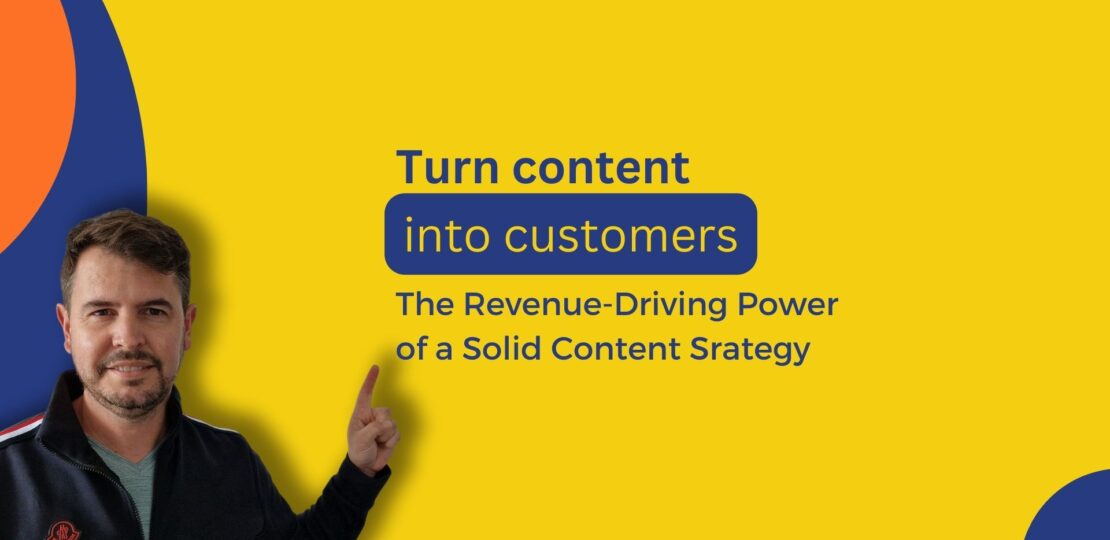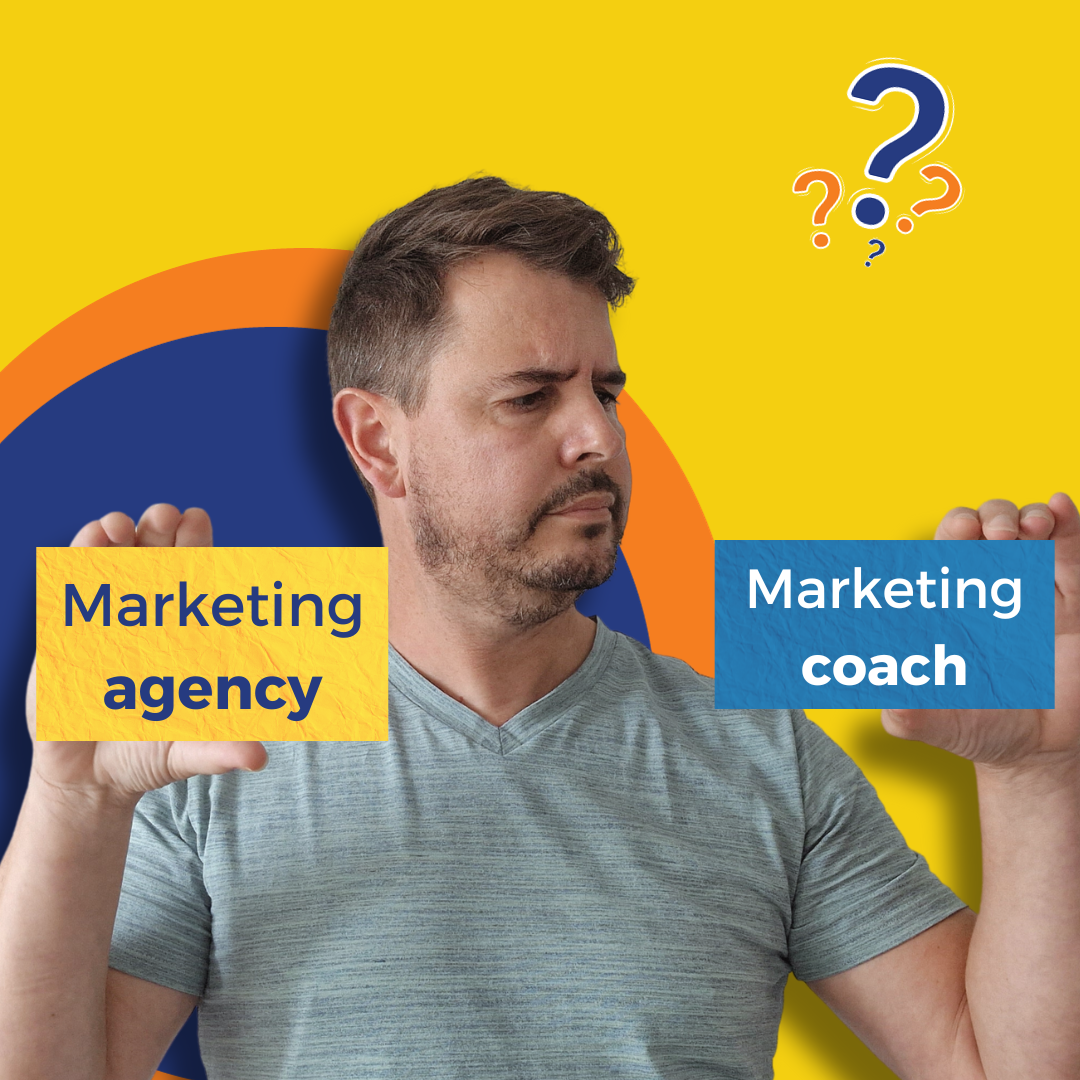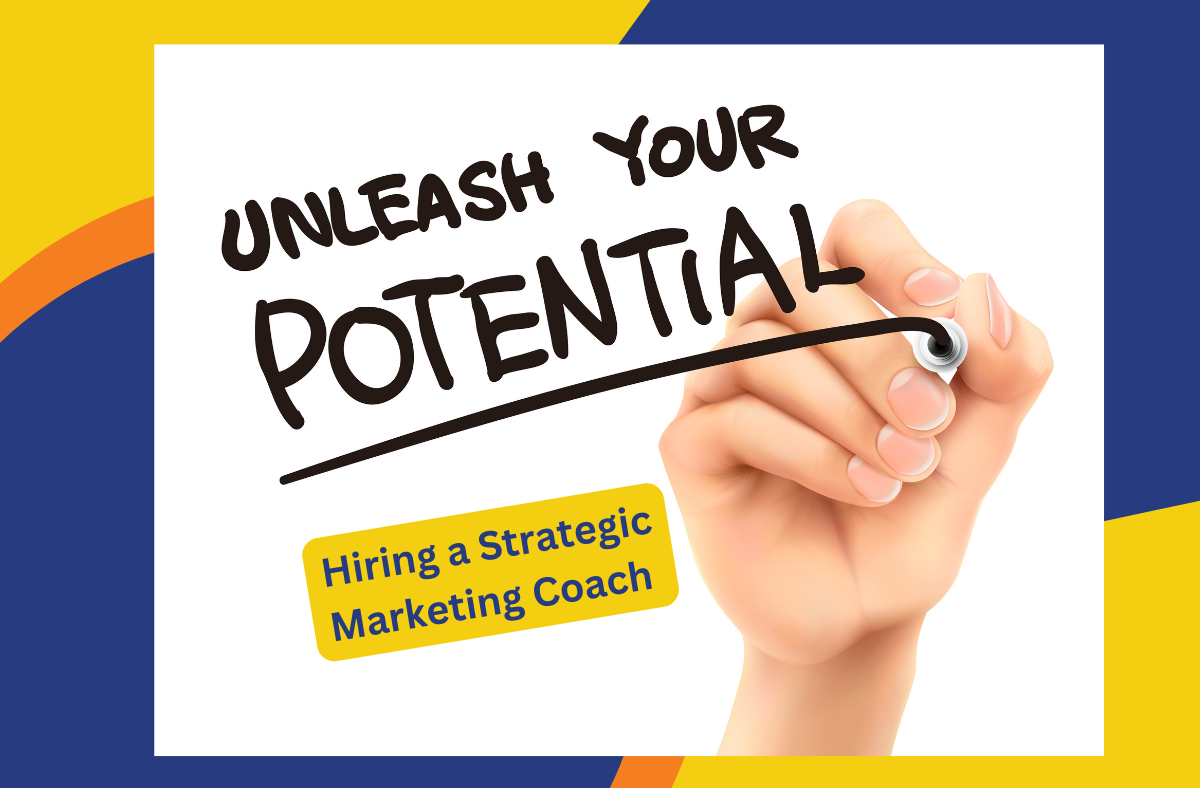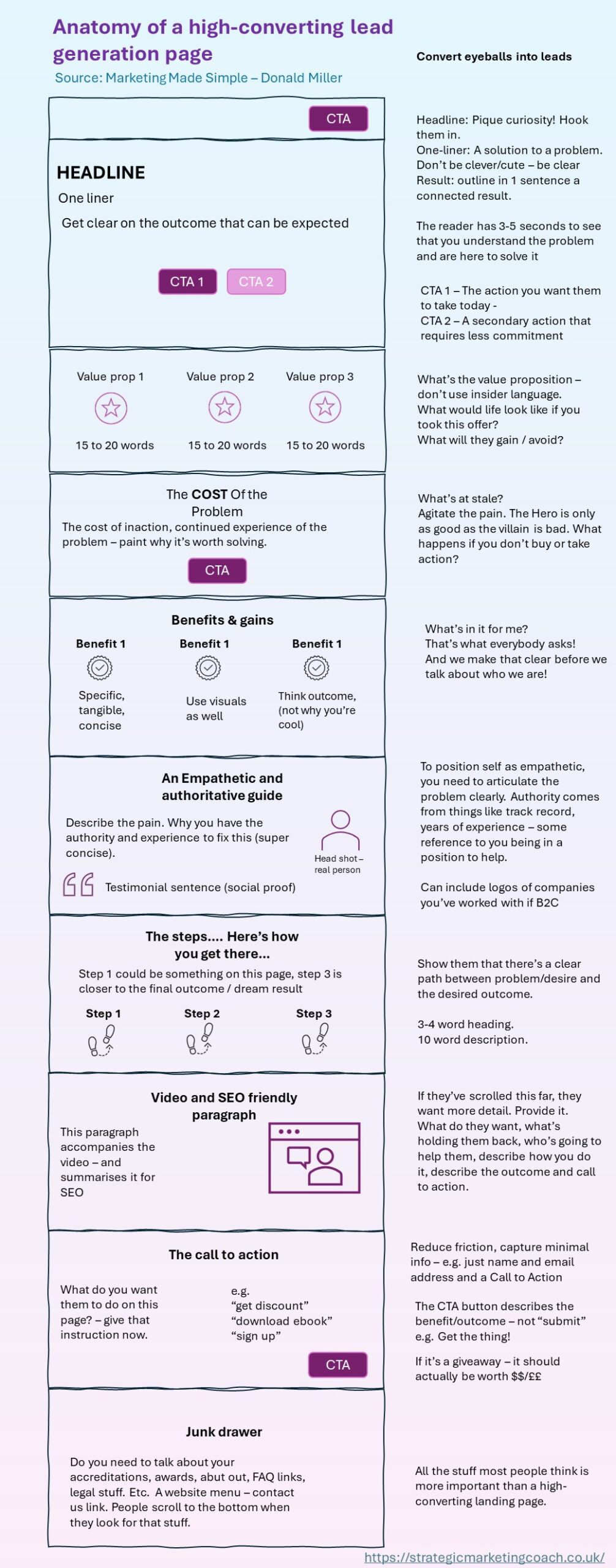Turn Content into Customers: The Revenue-Driving Power of a Solid Content Strategy
October 27, 2023 | by Jonathan Jensen

Why Invest in a Content Strategy
You’ve got a sleek website, a digital front door to your business. It should be one of your most powerful sales tools, but what if it’s sitting dormant, not generating the leads and clients you anticipated? The difference between a stagnant website and one that’s a lead-generating machine often boils down to content. Investing in a content strategy isn’t about ticking boxes; it’s about activating your site, telling a compelling story, and making meaningful connections with visitors.
What are the Components of a Content Strategy?
Most would implement a content strategy if they just knew where to start. Let’s break down the key components:
- Maintaining a Blog: A platform for in-depth insights, positioning you as a trusted authority.
- Buyer’s Guide: Resources tailored to guide potential customers through their purchasing journey.
- Sales Literature: Beyond promotion, it educates and builds a foundation of trust.
- Videos: Engaging content that showcases and explains your offerings effectively.
- Social Media Posts: Amplify your message and funnel visitors to your core content.
- Emails: Nurture leads, update customers, and keep your brand at the forefront of their minds.
With these components in hand, crafting a strategic and impactful content plan becomes a tangible task
What Content is Important?
You’ve got a grasp on the tools and platforms. But, what should you fill them with? The type of content you produce should be dictated by its role in guiding the buyer through their journey. Here’s a breakdown:
- Awareness Stage: Here, potential buyers are realising they have a problem but aren’t sure of the solution. Your content should educate them about the problem, its implications, and hint at possible solutions. This is where introductory blog posts, educational videos, and broad-topic social media shares come in.
- Consideration Stage: Now, they’ve defined their problem and are considering various solutions. Your content should present your product or service as a viable solution. Dive deeper with detailed blog posts, comparison charts, and explainer videos.
- Decision Stage: They are ready to make a purchase decision. Your content should persuade them that your solution is the best fit. Utilise testimonials, case studies, product demos, and tailored emails to nudge them toward a sale.
- Retention and Advocacy: Post-purchase, your aim is to nurture a lasting relationship and turn them into brand advocates. Use regular email updates, loyalty rewards, user-generated content campaigns, and advanced user guides.
By understanding where your potential customer is in their journey, you can craft content that speaks directly to their current needs, making your message more effective and impactful.
The Link to Revenue
When done right, content isn’t just words on a screen or images in a post; it’s a catalyst for revenue generation. Here’s how:
- Qualifying Leads: Not every visitor to your website or viewer of your content is a potential customer. High-quality content can help separate the wheat from the chaff. For instance, a detailed blog post or an in-depth video about a specific topic will naturally attract those genuinely interested in what you offer, helping you focus your efforts on the most promising leads.
- Nurturing Leads: Once you’ve attracted potential buyers, you need to keep them engaged. Regular, relevant content keeps your brand top-of-mind. It’s the drip-feed of value that warms up a prospect over time, making them more receptive to your sales pitch when they’re ready to buy.
- Guiding Leads: Think of your content as a series of signposts leading the buyer towards a purchase. Each piece should guide them to the next logical step, whether that’s another article, a product demo, or a sales call.
- Educating Leads: In today’s information-driven world, buyers want to be well-informed before they make a purchase. They’ll do their own research, compare alternatives, and seek out reviews. By providing them with comprehensive, accurate information about your products and services, you position yourself as a trusted resource.
- Building Trust: Trust isn’t given; it’s earned. Consistently delivering valuable, honest content over time builds credibility. It shows leads that you’re not just in it for a quick sale but are genuinely invested in providing solutions and value.
How to Share Content
Promoting your content effectively is essential to ensure it reaches its intended audience. Here’s a simplified approach with the blog post as the central piece:
Here’s a simplified approach with the blog post as the central piece:
- Blog: This is your foundation. By regularly posting informative content, your website becomes a trusted resource. Optimising these articles for search engines can significantly increase their reach.
- Repurpose for Social Media: After publishing a blog post, extract its key points and transform them into smaller content pieces tailored for social platforms. For example:
- Use intriguing quotes or stats for Twitter.
- Create visuals or infographics for Instagram.
- Share summaries or discussions on LinkedIn or Facebook.
- Emails: Turn blog highlights into email newsletters. Regularly updating subscribers with the latest content keeps them engaged and directs them back to your full articles.
- Engage with Your Audience: It’s essential to maintain a two-way communication flow. Respond to comments on your blog or social media posts, participate in relevant discussions, and always be open to feedback.
Using the blog as your primary content source and branching out from there ensures a cohesive strategy that isn’t scattered or overwhelming. It’s about quality, consistency, and engagement.
Wrapping it up
A robust content strategy is no longer a luxury—it’s a necessity. In the digital age, the first interaction a potential customer has with your brand is often through your online content. By ensuring that every piece of content you produce aligns with the buyer’s journey and addresses their pain points, you’re not just enhancing visibility but genuinely aiding their decision-making process. From blog posts to social media snippets, every content touchpoint becomes an opportunity to guide, educate, and nurture potential leads, drawing them closer to conversion. And as they journey from awareness to decision, your content is the compass that leads them, converting website visitors into loyal customers.
Additional resources:
- Unlocking the Potential: The Impact of Content Marketing in 2024
- How to improve your SEO (the non-jargon version): Unlocking digital visibility and attracting more clients organically
- Deciding whether to work with a coach or an agency – getting guidance on your digital marketing – for DIY and in-house marketers.
- Get a live competitive analysis of your website
- Follow me on LinkedIn
——————————-
Hi, I’m Jonathan,
I help small business owners achieve agency-calibre marketing results using their internal team – without spending money on an agency.
If that’s worth a chat, book a FREE 50-minute consultation with me.
RELATED POSTS
View all


